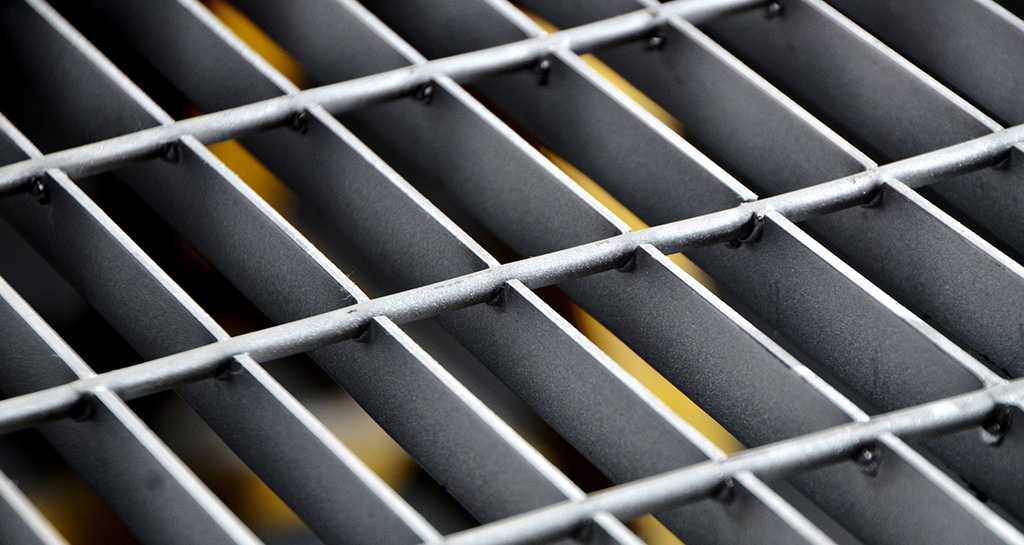What Should You Know About Steel Grating Prices Before Buying?
Steel gratings are widely used across various industries, from construction and manufacturing to oil and gas, marine, and civil infrastructure.
Steel gratings are widely used across various industries, from construction and manufacturing to oil and gas, marine, and civil infrastructure. But when it comes to planning and budgeting, one of the most common and important questions asked by buyers is: What are the key factors that affect steel grating prices? In this blog post, we’ll explore everything you need to know before making a purchase—from material options to specifications and supply chain dynamics.
What is Steel Grating?
Steel grating is a metal product made by assembling a series of bearing bars and cross bars. These gratings are commonly used for flooring, walkways, platforms, trench covers, stair treads, and other applications requiring high strength, load-bearing capacity, and resistance to corrosion. At Saba Steel, we provide premium-quality steel grating suitable for both light and heavy industrial usage.
Why Do Steel Grating in Prices Vary So Much?
Understanding the variation in steel grating prices begins with a look at the different factors that go into manufacturing and supplying this product. Let’s break down the most crucial elements that determine pricing:
1. Material Type
The primary material used in the grating greatly affects the cost. Mild steel is usually cheaper than stainless steel or galvanized steel due to its lower resistance to corrosion. However, galvanized steel, which has been coated with zinc, offers extended durability and is often preferred in outdoor or marine environments.
2. Load Capacity and Bar Size
Steel gratings come in a variety of thicknesses and bar sizes. The greater the load capacity, the thicker and heavier the material, which naturally increases the price. For example, heavy-duty gratings used in industrial platforms will be more expensive than lighter-duty versions used for pedestrian walkways.
3. Surface Treatment
Whether the grating is untreated, painted, or hot-dip galvanized can also affect the price. Galvanized steel gratings tend to cost more due to the additional processes involved but provide better corrosion resistance, making them a more cost-effective option in the long term.
4. Customization and Design Complexity
Customized gratings designed for specific uses or with unique dimensions are typically more expensive than standard sizes. If you require grating with special cutouts, curved shapes, or non-standard materials, expect higher steel grating prices.
5. Market Conditions and Supply Chain Factors
Global steel prices, transportation costs, labor rates, and availability of raw materials all influence the final price of steel gratings. During times of supply chain disruptions or material shortages, prices may spike, even for basic products.
How Can You Get the Best Value for Steel Grating?
To make informed decisions, consider these practical tips when evaluating steel grating in prices:
- Buy from Reputable Manufacturers: Always purchase from trusted suppliers like Saba Steel, who ensure consistent quality, reliable customer service, and fair pricing.
- Compare Specifications, Not Just Price: Look beyond the base price. A cheaper product may lack the required strength or corrosion resistance, leading to higher maintenance or replacement costs.
- Order in Bulk for Discounts: Most suppliers offer bulk pricing, so if you’re working on a large project, purchasing in larger quantities may result in significant savings.
- Ask for a Detailed Quotation: Ensure your quote includes all aspects such as delivery charges, surface treatments, and customization costs.
What Industries Need to Be Most Concerned About Steel Grating Prices?
Industries such as construction, petrochemical, mining, food processing, and shipbuilding often require large volumes of steel gratings. For these sectors, budgeting for materials is critical. Making cost-effective choices without compromising on safety and compliance is a priority, and having clear information on steel grating in prices can streamline procurement decisions.
Why Choose Saba Steel for Your Steel Grating Needs?
At Saba Steel, we understand that quality and affordability must go hand in hand. Our range of steel grating products is engineered to meet international standards and tested for durability and performance. We provide:
- High-quality materials including mild steel and galvanized steel.
- Custom sizing and design options.
- Competitive steel grating in prices.
- Fast, reliable delivery across Nigeria and West Africa.
- Dedicated support team for technical and procurement queries.
Conclusion: Are You Paying the Right Price for Your Steel Grating?
Before making a purchase, it’s essential to understand what influences steel grating in prices. By evaluating material types, load requirements, surface treatments, and supply dynamics, you can make smarter, budget-friendly decisions. Whether you're a contractor, architect, or industrial planner, partnering with a trusted manufacturer like Saba Steel can ensure you get top-tier products at competitive rates.
SABA STEEL INDUSTRIAL NIGERIA LIMITED
14- 16 Mission St, Apapa 102103, Lagos, Nigeria
234 8032254136
